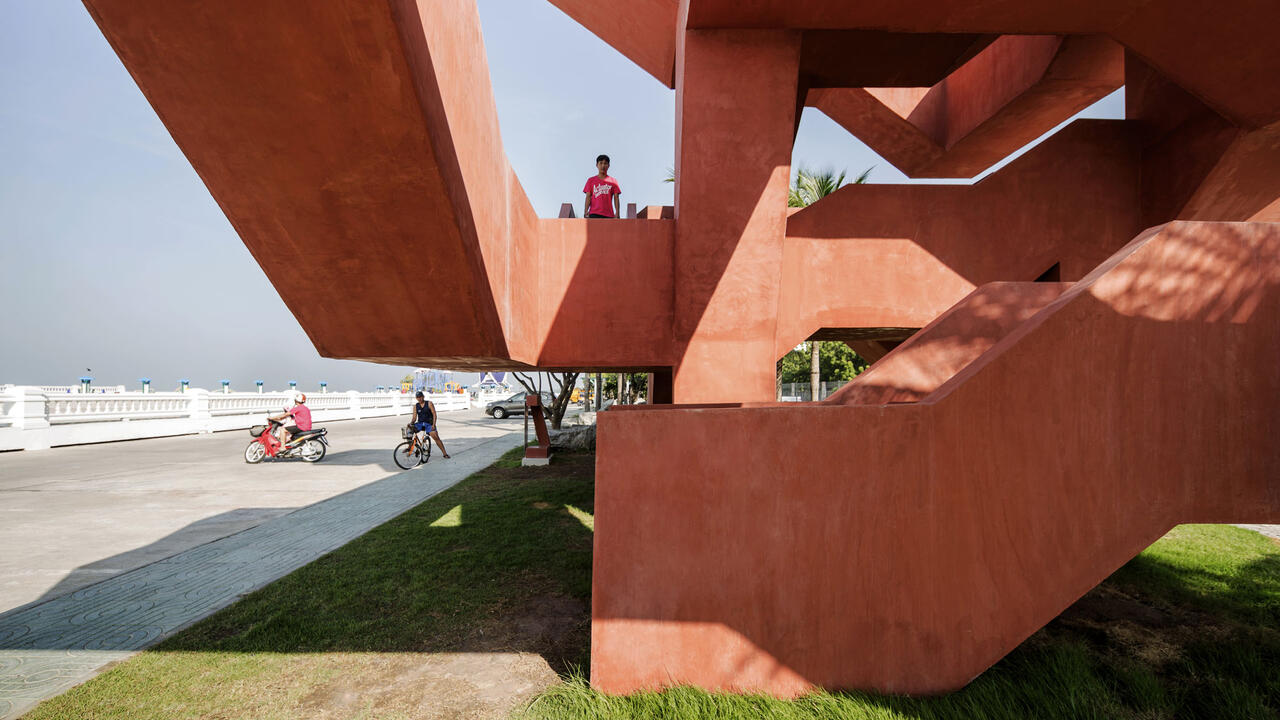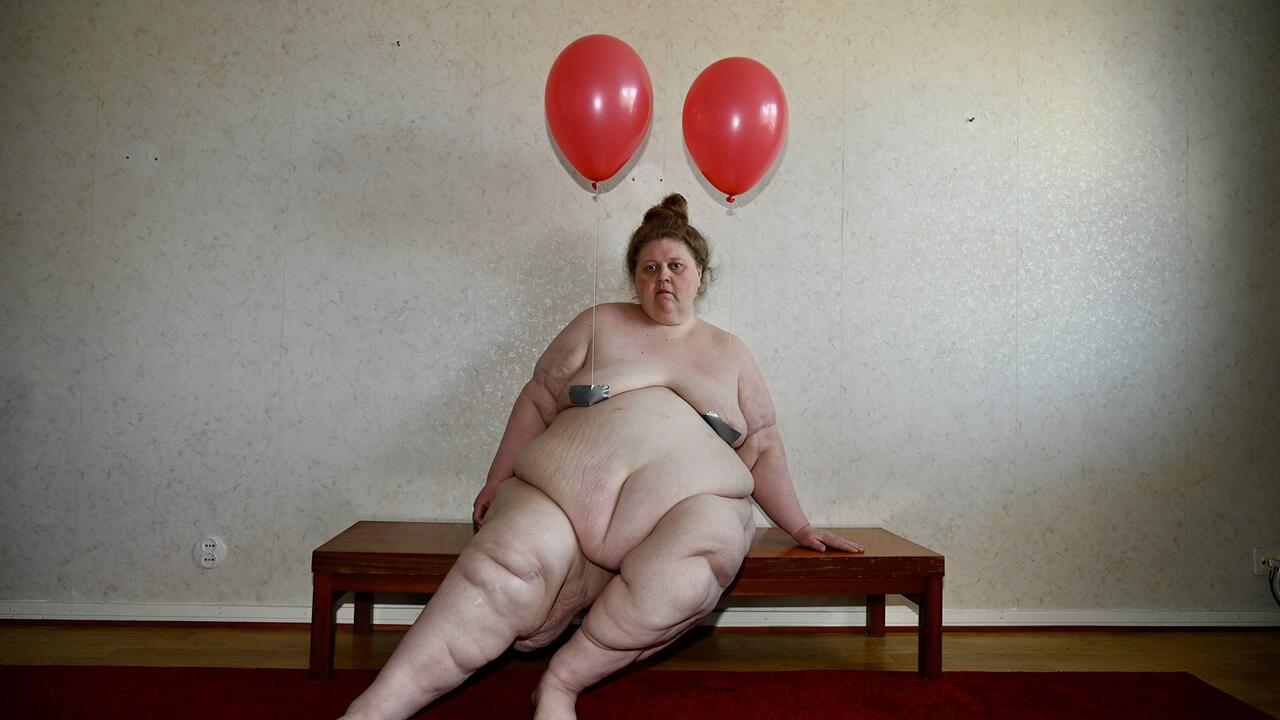Degree Zero
Roy Ascott’s radical ‘Groundcourse’ at the Ealing and Ipswich Art Schools in the 1960s was as influential as it was unorthodox in its approach to teaching art
Roy Ascott’s radical ‘Groundcourse’ at the Ealing and Ipswich Art Schools in the 1960s was as influential as it was unorthodox in its approach to teaching art
In the early 1960s Roy Ascott might well have been accused of losing his marbles when a friend of his drove past Ealing College of Art and Design, on the outskirts of London, and reported seeing a group of people skidding and rolling around the entrance hall. What he had witnessed was one of the many teaching experiments Ascott and his colleagues devised for the Groundcourse, where students, after being subjected to continuous flashes of extreme light and darkness in the lecture theatre, were let loose to stumble over a floor covered with marbles. Oh, the liberated days before health and safety regulations!
Today a highly acclaimed teacher, theorist and pioneer of new media, in the mid-1950s Ascott studied under Victor Pasmore and Richard Hamilton on the interdisciplinary ‘general art and design course’ in Newcastle upon Tyne, which was based on the synthetic approach of the Bauhaus’ ‘basic course’. After a brief position as a studio demonstrator in Newcastle, in 1961 Ascott was appointed as the head of foundation studies at Ealing, which he named the Groundcourse in reference to the principle of learning from the ground up. It was at this point that Ascott had what he describes as his ‘Eureka’ moment, when he came into contact with cybernetic theories, which were concerned with systems of communication and control in animal and machine. These ideas around information, interactive exchange, feedback, participation and systemic relationships were to form the basis of his pedagogical practice and provided a model for the relations between artist, audience and environment, and their positions within a wider social system.
In the early 1960s Ascott was making ‘interactive change paintings’ and saw his cybernetic art pedagogy as an extension of his artistic practice, finding a ‘continuum between studio and classroom’, where each fed back to one another in a ‘mutually reinforcing system’. When he took up his position in Ealing, he was fortunate to be able to appoint new staff, and formed a closely knit group of collaborators around the course that included R.B. Kitaj, Noel Foerster, Bernard Cohen and Harold Cohen, thus becoming a site of dynamic exchange between artists and students that shaped its direction. In his text The Construction of Change (1964) Ascott describes how cybernetics is essentially integrative, drawing disparate sciences together, concerned with process and method. Thus teachers from different disciplines were also involved, such as a biologist, a behavioural psychologist, an engineer, a sociologist and a linguist; the students also studied cybernetics and behavioural sciences. These various disciplines interacted to suggest new fields of study. Visitors to the course included Gustav Metzger, whose auto-destructive art theories inspired a young Pete Townshend (guitarist with The Who) and Gordon Pask (an early pioneer in cybernetics), who became a collaborator of Ascott’s, involving him in projects such as Cedric Price and Joan Littlewood’s Fun Palace – an unrealized socially interactive pedagogical and leisure environment.
Ascott described the Groundcourse as a ‘microcosm of a total process of art education’. Its curriculum was based on the stimulation of consciousness with ‘behavioural’ exercises, games and matrices that were aimed to shake up preconceptions and established patterns, where the student’s ‘disorientation is contrived within an environment that is sometimes unexpectedly confusing, where he is faced with problems that seem absurd, aimless or terrifying’. In the first year exercises included perceptual problems, such as describing the world from the perspective of a sponge, or drawing the room in reverse perspective, and light-handling classes where they had to control a limited environment with lights, coloured filters, lenses and screens. In the second year they had to create the problems themselves, among other things, working in groups to form self-regulated systems and acting out a new personality contra to their own for ten weeks, designing ‘calibrators’ and ‘mind maps’ to read off their responses to situations.
These ideas continued to be developed in Ascott’s next post at Ipswich Art School, where former student Brian Eno recalls spending a period of time wheeling around college on a trolley in order to counter his physical activeness and also participating in the ‘Quadrangle Incident’, in which a group of students were locked in the courtyard by the staff for over an hour. In his introduction to Ascott’s collection of three decades of writing, Telematic Embrace: Visionary Theories of Art, Technology, and Consciousness (2003), Edward A. Shanken observes how one student activity pre-empted the game Twister. According to Ascott, the effects of these experiments were liberating, but not all could handle it.
In 1971 Ascott became President of Ontario College of Art, where possibly his most radical teaching experiment was to reorganize the existing departments into an ‘exploratory and speculative organism’ structured as a triangle of ‘information, concept and structure’. Here he met serious resistance to his cybernetic art pedagogy and was sacked within a year, sparking off a large student protest with posters declaring ‘We Want Roy’. From the 1970s onwards Ascott moved increasingly away from fine art towards new media, with a specific focus on telematics, continuing to develop new educational models, such as the Centre for Advanced Enquiry in the Interactive Arts in Gwent in Wales, where he introduced the first online PhD course in the mid-1990s.
With alumni that include Townshend, Eno and Stephen Willats there is no doubt that the courses in Ealing and Ipswich made their mark, and it is curious that, while renowned at the time, they have not been more widely acknowledged in British art history. While some of the more extreme behavioural experiments may now appear somewhat questionable, when viewing them in relation to the more static models of art education today one cannot fail to recognize them as moments in which the art school became a site of critical engagement between practising artists and students that were active in testing out new methodologies and models of practice, foregrounding participation, the importance of play as an artistic strategy, the potential of art and education to have a relation to society and the possibility for change.
Emily Pethick is Director of CASCO, Office for Art, Design and Theory, Utrecht.














